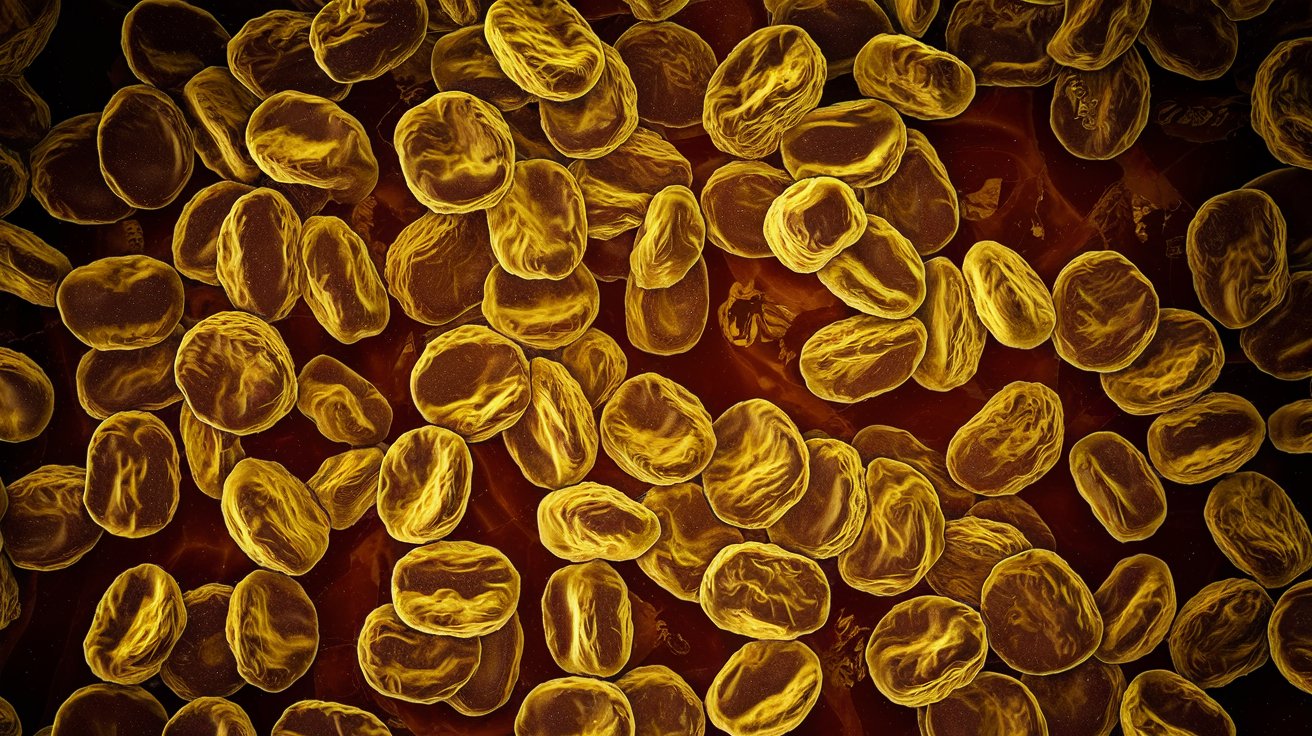
Axial Mesodermal Dysplasia Spectrum (AMDS) is a rare developmental condition that begins during fetal development. This disorder is marked by a variety of congenital anomalies affecting multiple body systems. AMDS includes features of both the oculo-auriculo-vertebral spectrum and caudal regression sequence. Patients often present with facial asymmetry, ear abnormalities, skeletal malformations, heart defects, and issues with the kidneys and genitourinary system. The exact genetic causes remain unclear, but abnormal fetal mesodermal development is suspected. Due to its rarity, the prevalence of AMDS is unknown, making diagnosis and management challenging. Understanding this complex condition involves recognizing its diverse clinical manifestations and associated syndromes.
What is Axial Mesodermal Dysplasia Spectrum?
Axial Mesodermal Dysplasia Spectrum (AMDS) is a rare developmental defect that occurs during embryogenesis. This condition is characterized by congenital manifestations affecting various systems of the body. Let's dive into some key facts about this complex condition.
-
Definition and Classification
AMDS is a rare developmental defect that occurs during embryogenesis. It is classified as a disorder characterized by congenital manifestations of both oculo-auriculo-vertebral spectrum and caudal regression sequence. -
Prevalence
The prevalence of AMDS is unknown. This rarity makes it challenging to gather extensive data on its incidence and prevalence. -
Age of Onset
The age of onset for AMDS is antenatal, meaning it is present at birth. This indicates that the developmental defects occur during fetal development.
Clinical Manifestations of AMDS
Patients with AMDS typically present with a variety of congenital anomalies. These anomalies can affect multiple systems in the body, leading to a wide range of symptoms.
-
Facial Dysmorphism
Facial abnormalities such as asymmetry and hypertelorism are common in AMDS. These features can vary widely among patients. -
Auricular Abnormalities
Preauricular tags, microtia, and absence of middle ear ossicles are some of the ear-related anomalies seen in AMDS. -
Skeletal Malformations
Skeletal issues like hemivertebrae, hip dislocation, sacral agenesis/dysplasia, talipes equinovarus, and flexion deformity of lower limbs are frequently observed. -
Cardiac Defects
Heart-related anomalies such as dextrocardia and septal defects are part of the clinical spectrum. -
Renal and Genitourinary Anomalies
Renal agenesis/dysplasia, abnormal external genitalia, and cryptorchidia are some of the genitourinary anomalies associated with AMDS. -
Anal Anomalies
Anal atresia and rectovesical fistula are common anal anomalies in AMDS.
Genetic Aspects of AMDS
Understanding the genetic basis of AMDS can help in diagnosing and managing the condition more effectively.
-
Genetic Mutations
While the exact genetic mutations causing AMDS are not well-defined, it is believed to result from abnormal fetal mesodermal development. Collecting family health history can be helpful in identifying potential genetic factors. -
Synonyms
AMDS is also known as blastogenesis defect and Russell-Weaver-Bull syndrome. -
ICD-10 Code
The ICD-10 code for AMDS is Q87.8, which is a broad category for other specified congenital anomalies. -
UMLS and MeSH Codes
The UMLS code for AMDS is C2931613, while the MeSH code is C537790.
Associated Syndromes
AMDS is often linked with other syndromes, which can complicate the clinical picture.
-
Goldenhar Syndrome
Characterized by facial skeletal deformities and cranial nerve anomalies, Goldenhar Syndrome is one of the associated conditions. -
Klippel-Feil Syndrome
This syndrome involves cervical vertebral anomalies and sometimes mirror movements. -
VACTERL Association
A non-random association of vertebral defects, anal atresia, cardiac defects, tracheo-esophageal fistula, renal anomalies, and limb abnormalities. -
MURCS Association
A combination of Müllerian duct anomalies, renal anomalies, and caudal spinal dysraphism.
Diagnostic and Management Strategies
Diagnosing and managing AMDS requires a multidisciplinary approach due to its complexity.
-
Radiological Studies
Detailed radiological studies are essential in diagnosing AMDS. These studies help identify the various musculoskeletal and central nervous system anomalies. -
Treatment and Management
There is no specific treatment for AMDS. Management is primarily focused on addressing the various congenital anomalies through surgical interventions, physical therapy, and other supportive measures. -
Prognosis
The prognosis for patients with AMDS varies depending on the severity of the congenital anomalies. Some patients may experience significant morbidity due to the complexity of their condition, while others may have a relatively better quality of life with appropriate management.
Final Thoughts on Axial Mesodermal Dysplasia Spectrum
Axial Mesodermal Dysplasia Spectrum (AMDS) is a rare and complex condition that presents a wide range of congenital anomalies. From facial dysmorphism and auricular abnormalities to skeletal malformations and cardiac defects, the spectrum of symptoms is vast. Understanding AMDS involves recognizing its antenatal onset, variable clinical manifestations, and potential genetic factors. While there's no specific treatment, management focuses on addressing individual anomalies through surgical interventions and supportive care. The prognosis varies, with some patients experiencing significant challenges while others manage better with appropriate care. Ongoing research aims to uncover more about the genetic underpinnings and improve diagnostic and management strategies. For those affected, patient-centered resources and support groups are invaluable. By shedding light on AMDS, we hope to foster greater awareness and support for individuals and families navigating this rare condition.
Was this page helpful?
Our commitment to delivering trustworthy and engaging content is at the heart of what we do. Each fact on our site is contributed by real users like you, bringing a wealth of diverse insights and information. To ensure the highest standards of accuracy and reliability, our dedicated editors meticulously review each submission. This process guarantees that the facts we share are not only fascinating but also credible. Trust in our commitment to quality and authenticity as you explore and learn with us.


